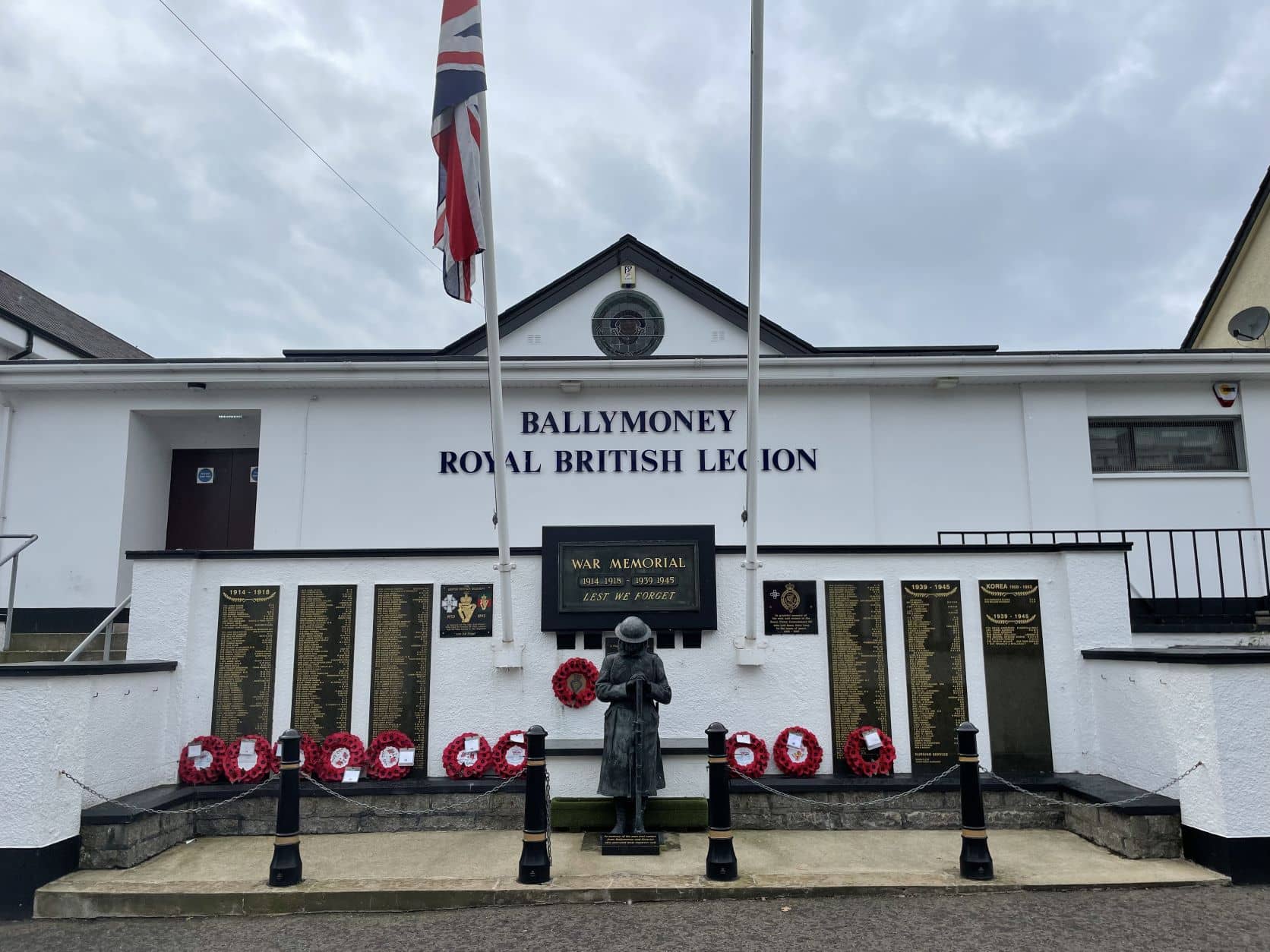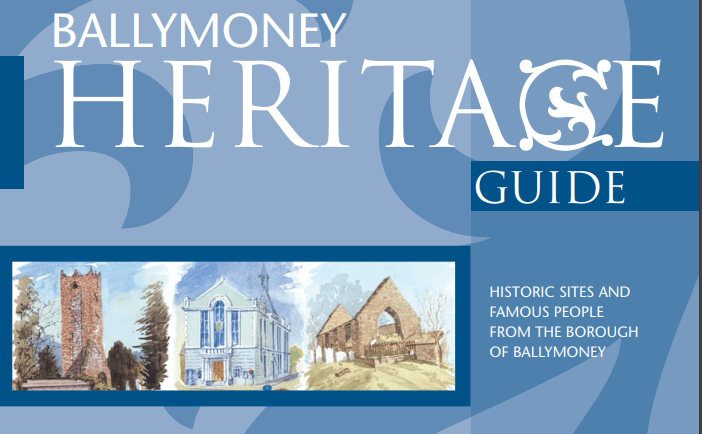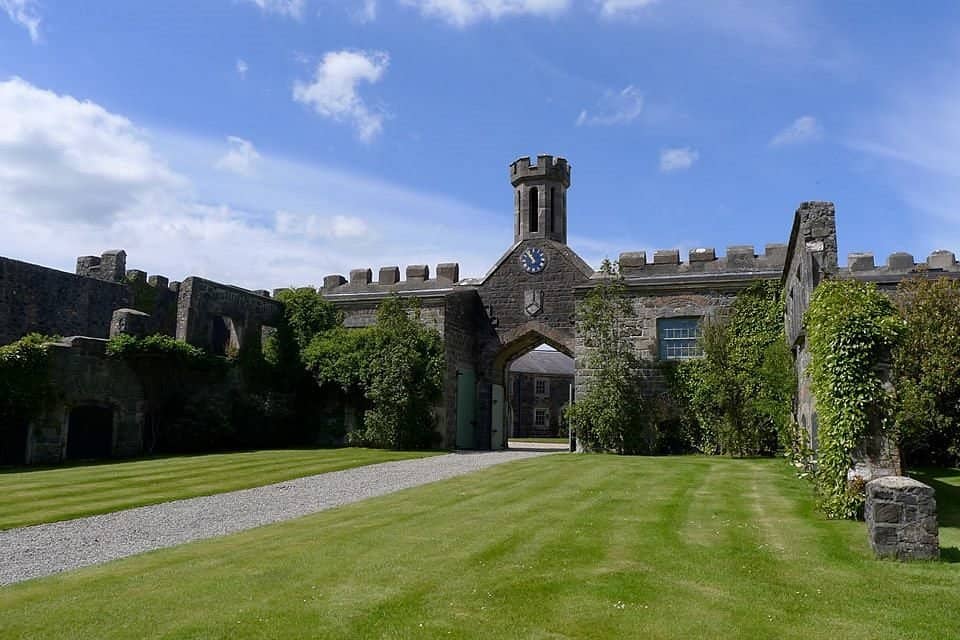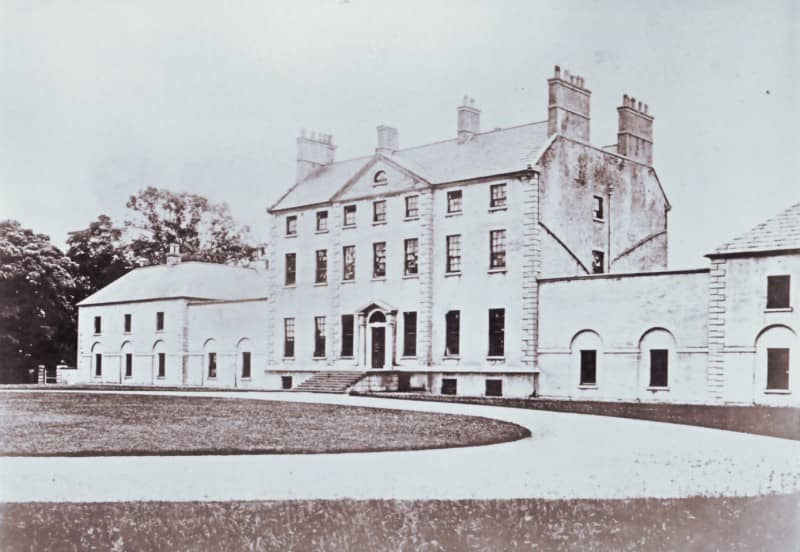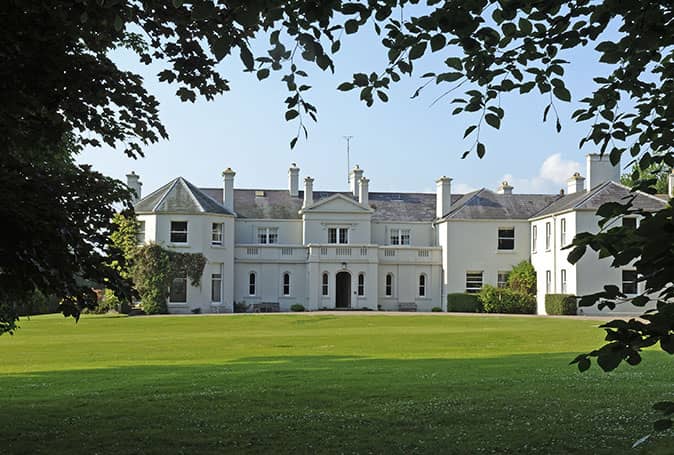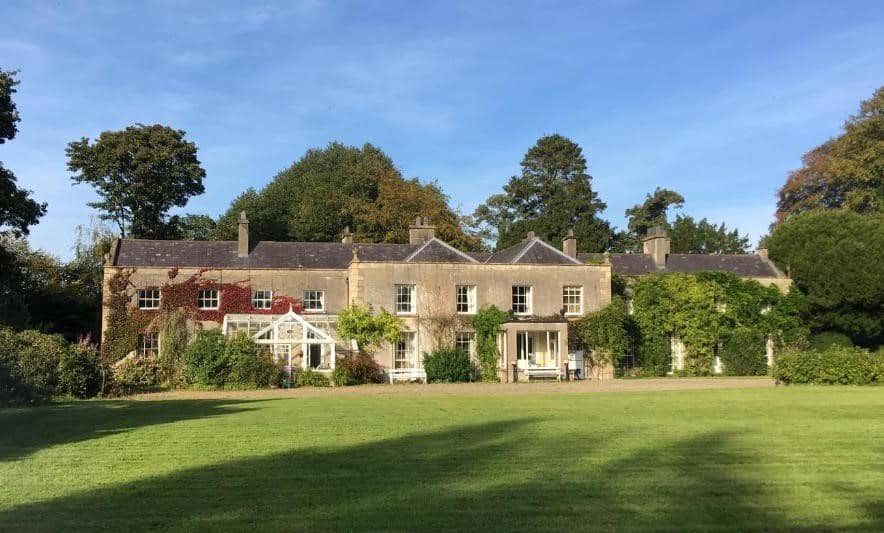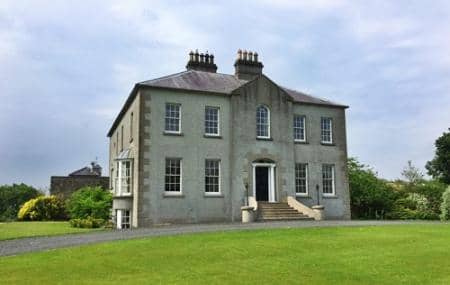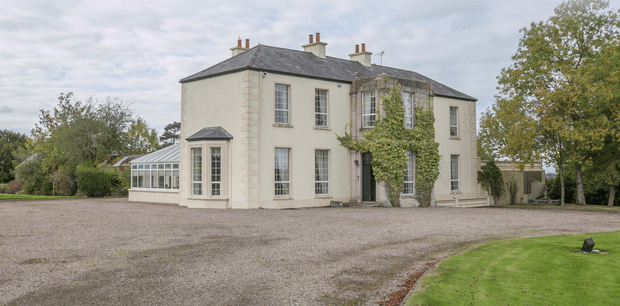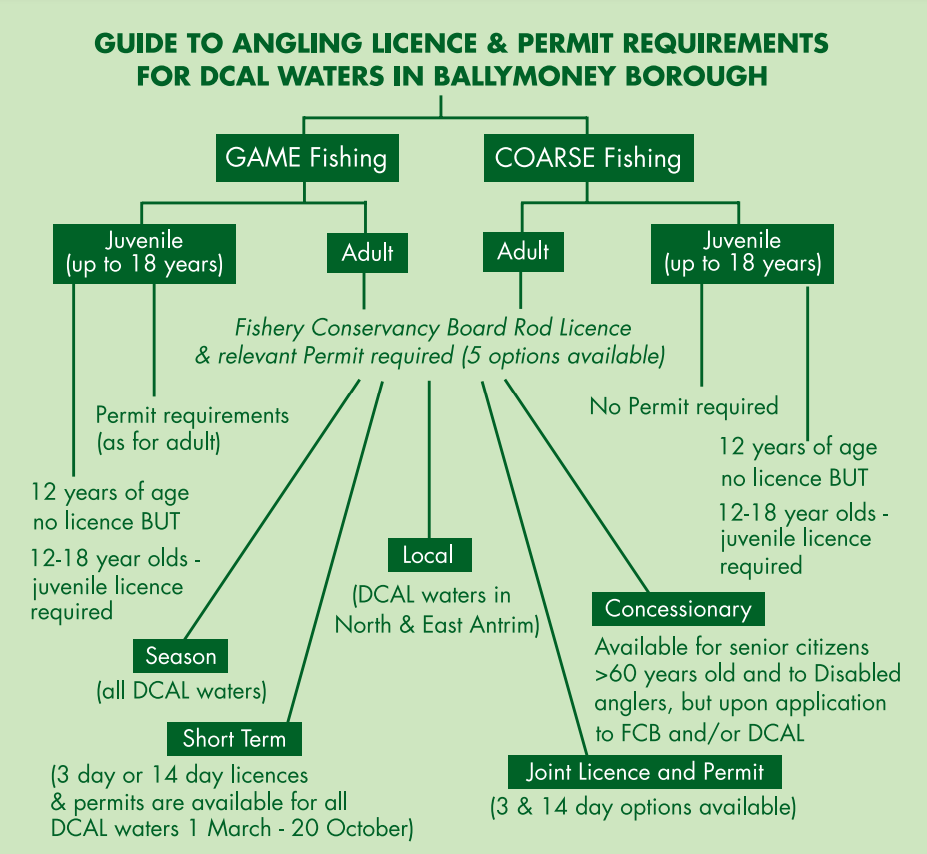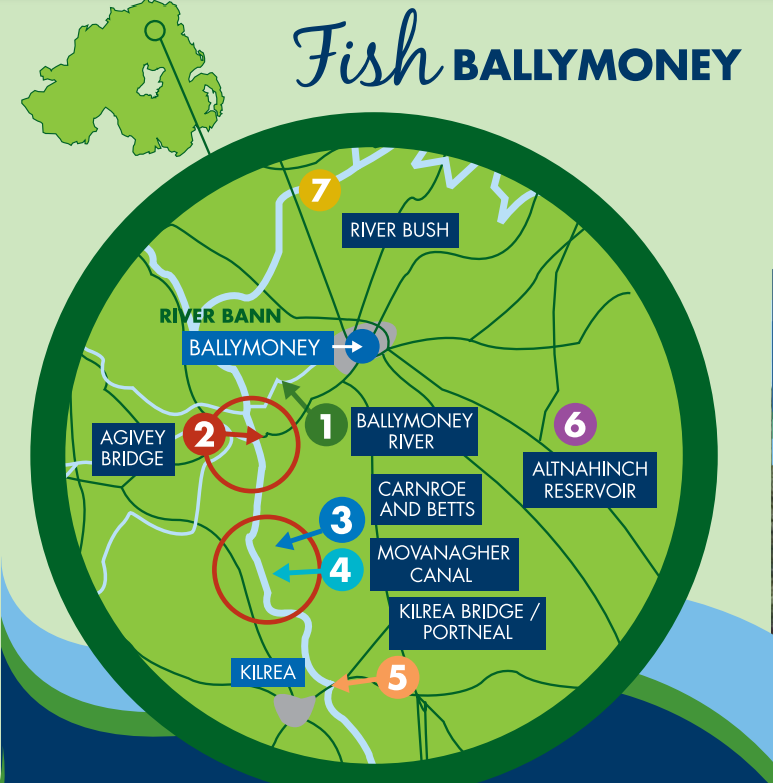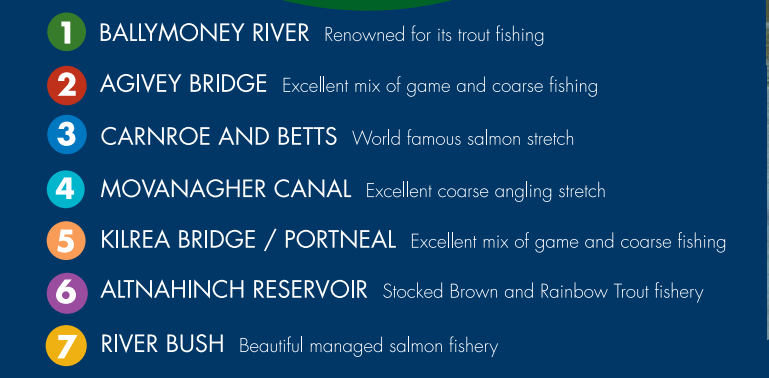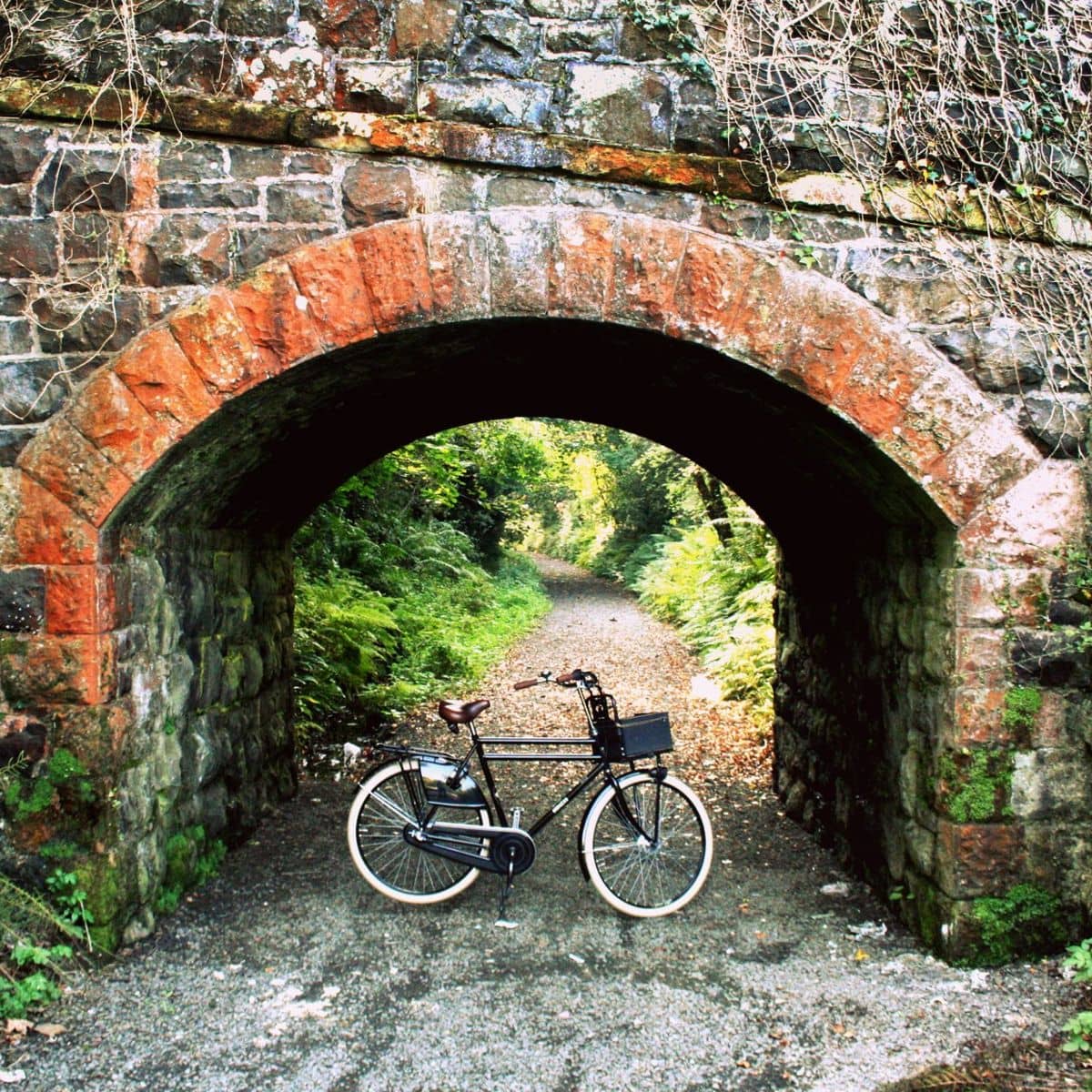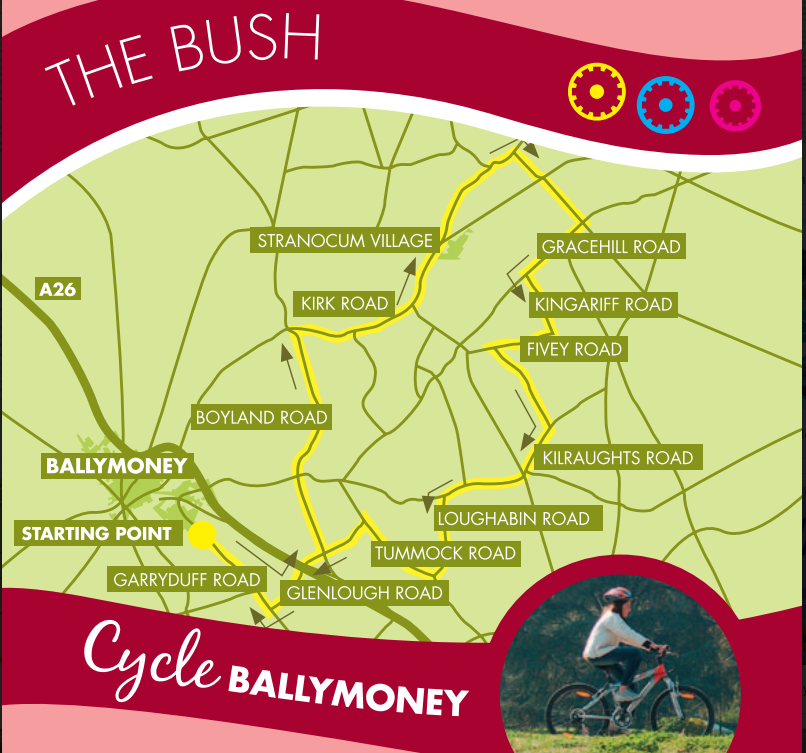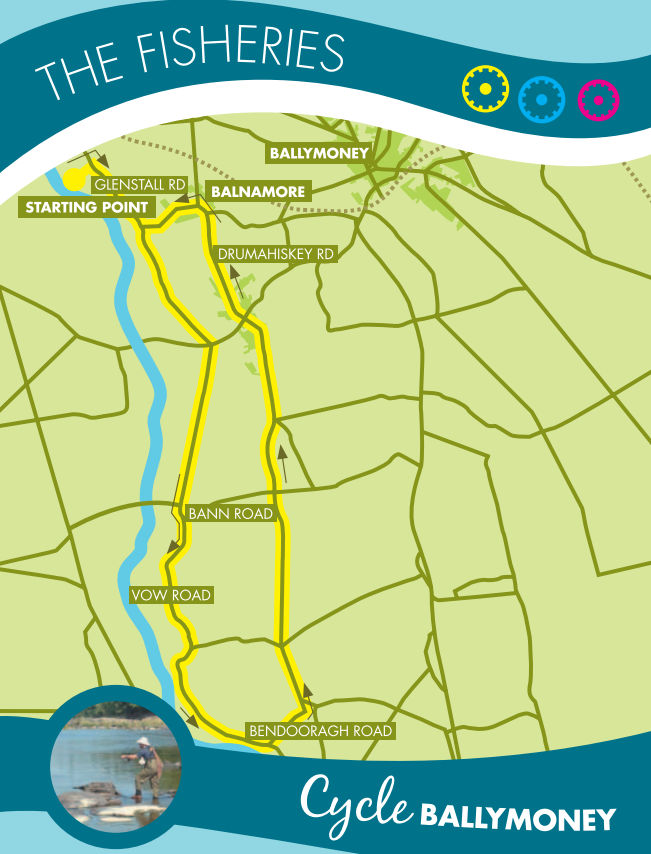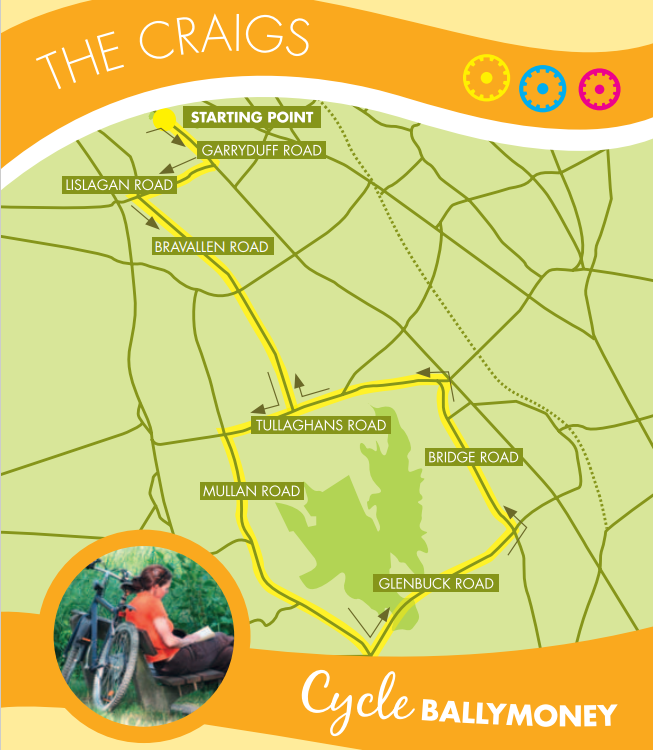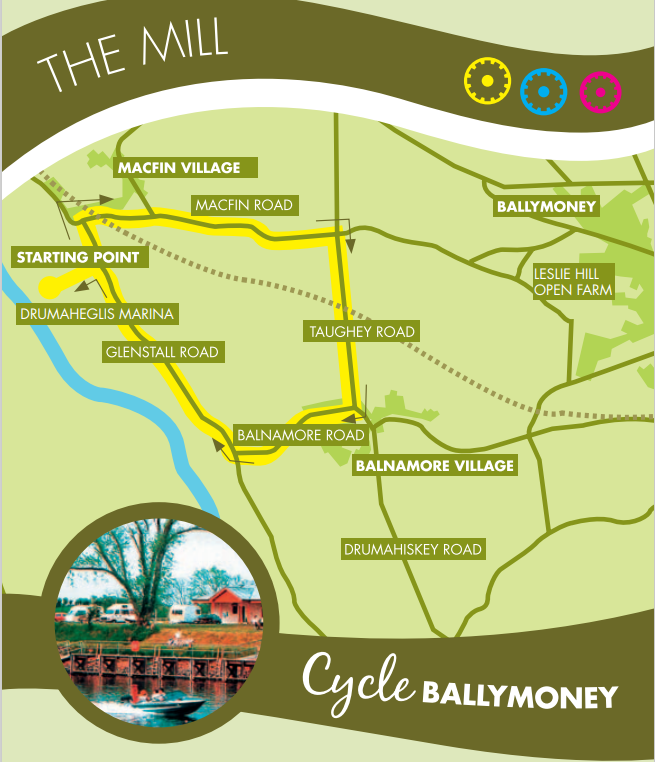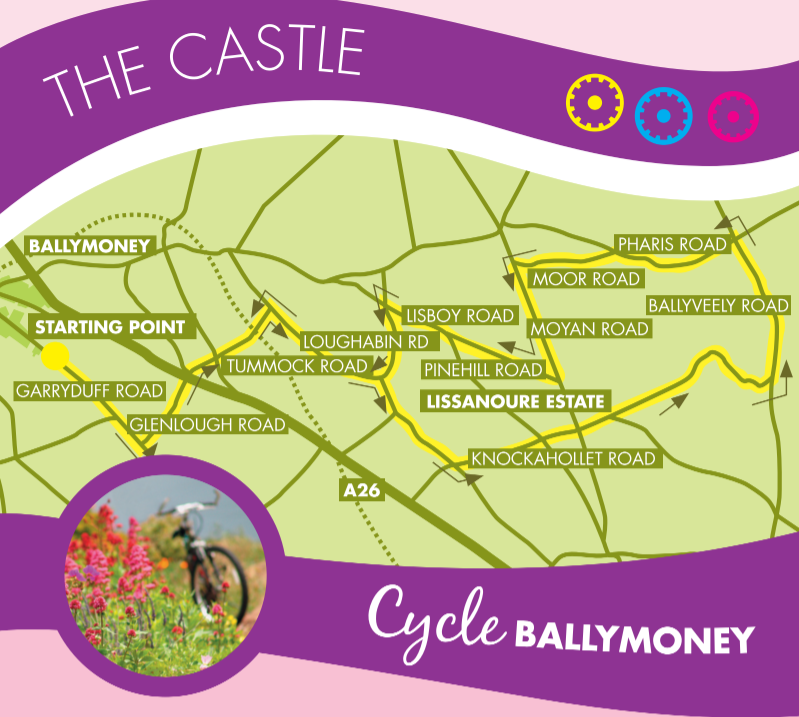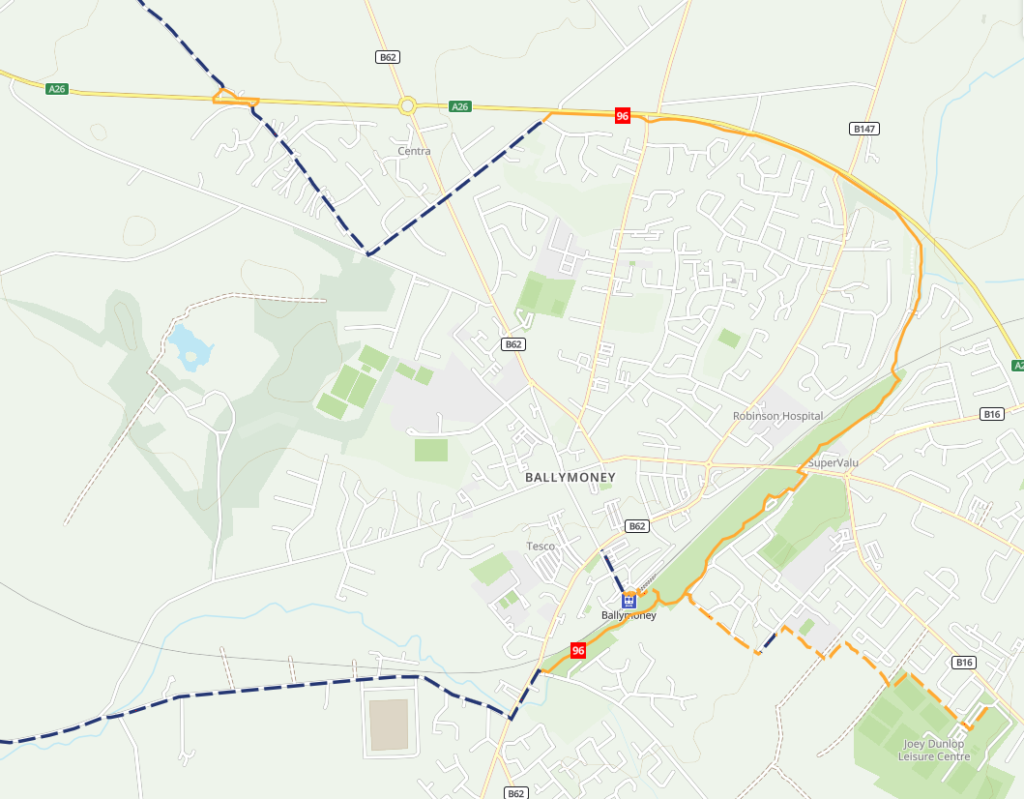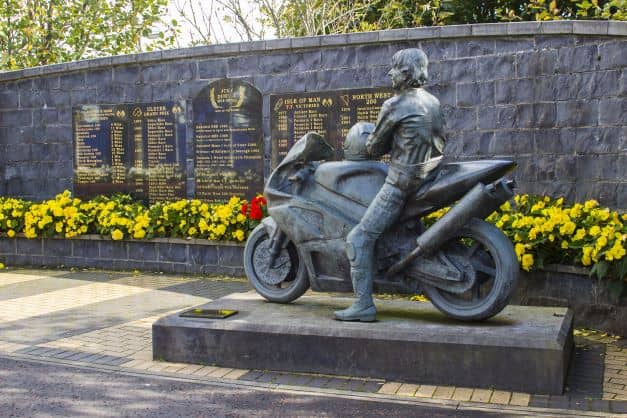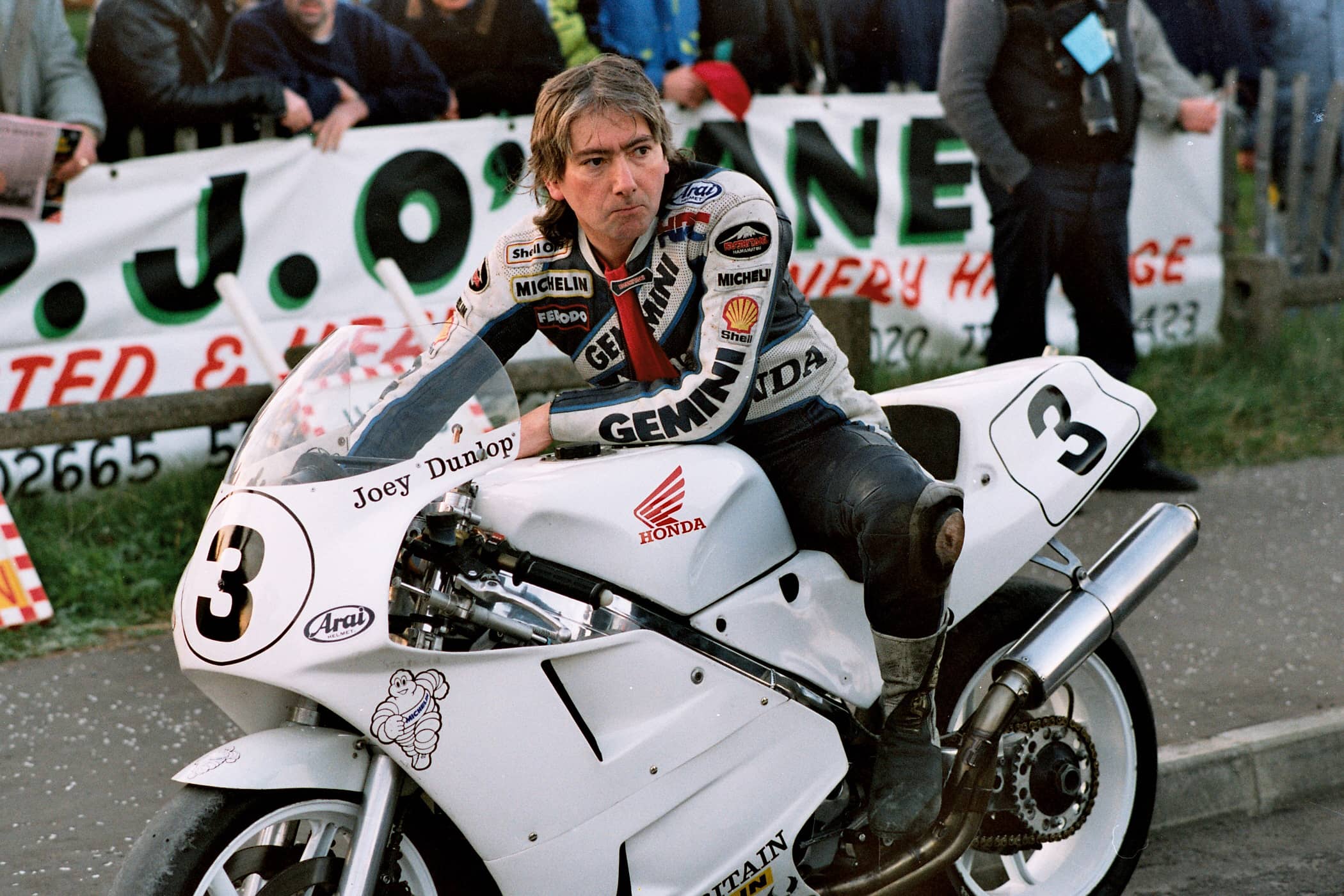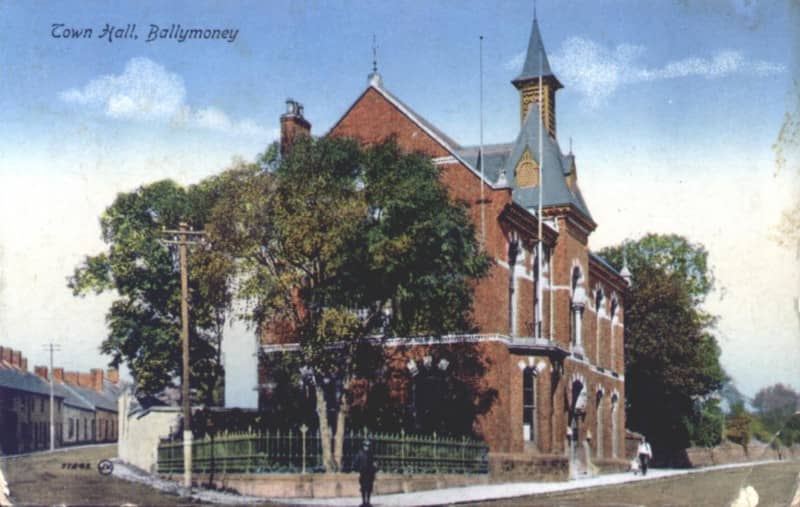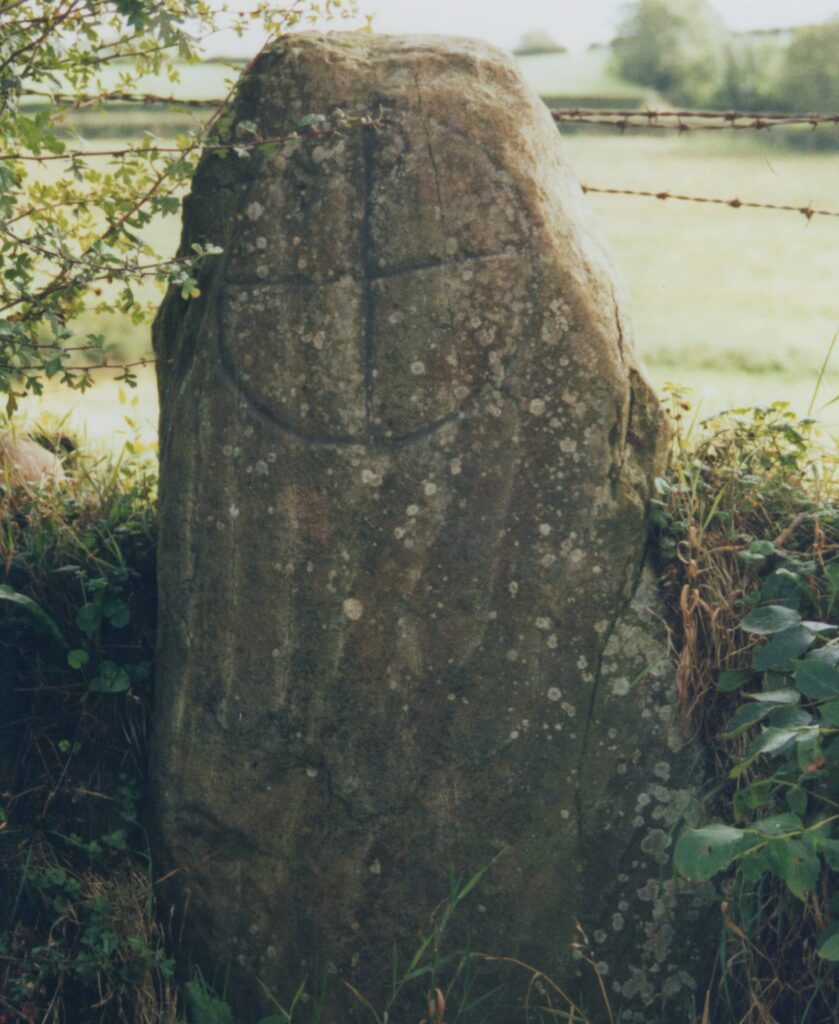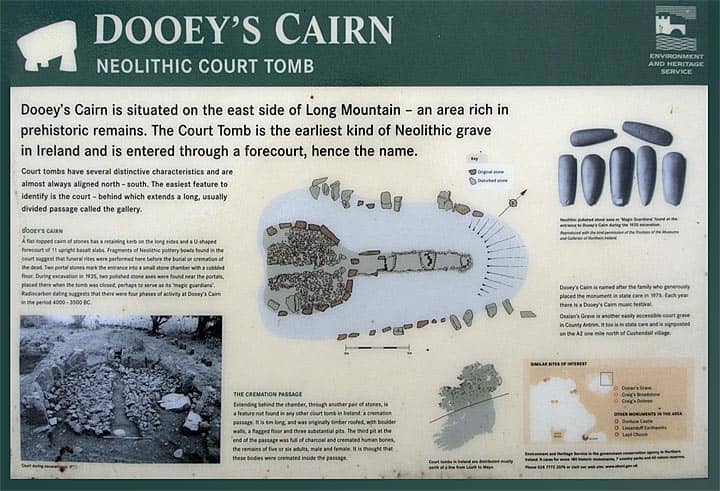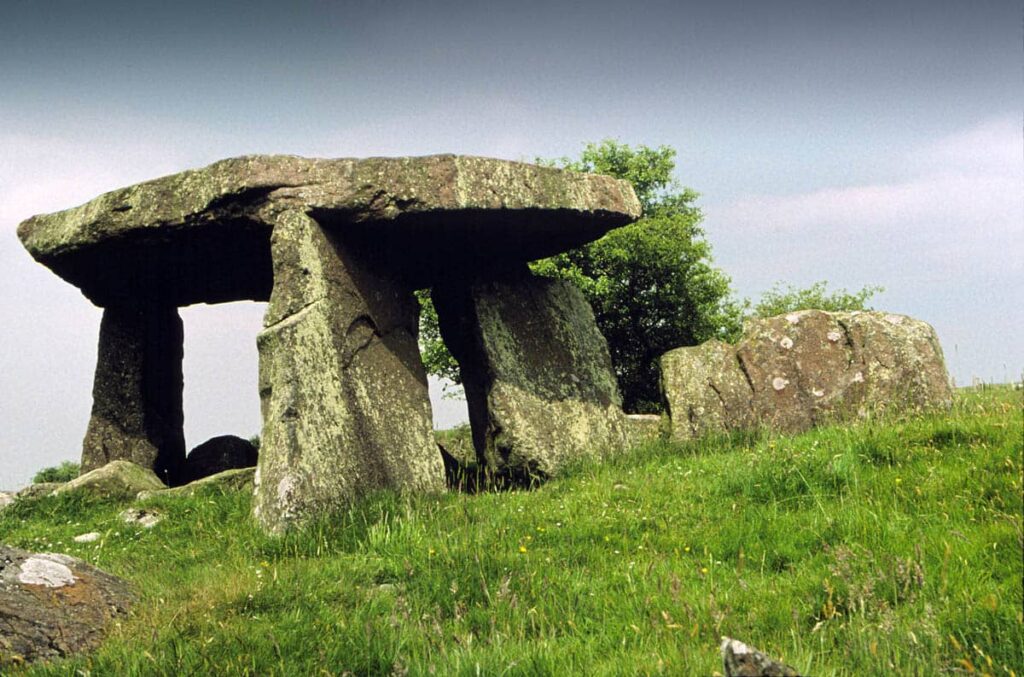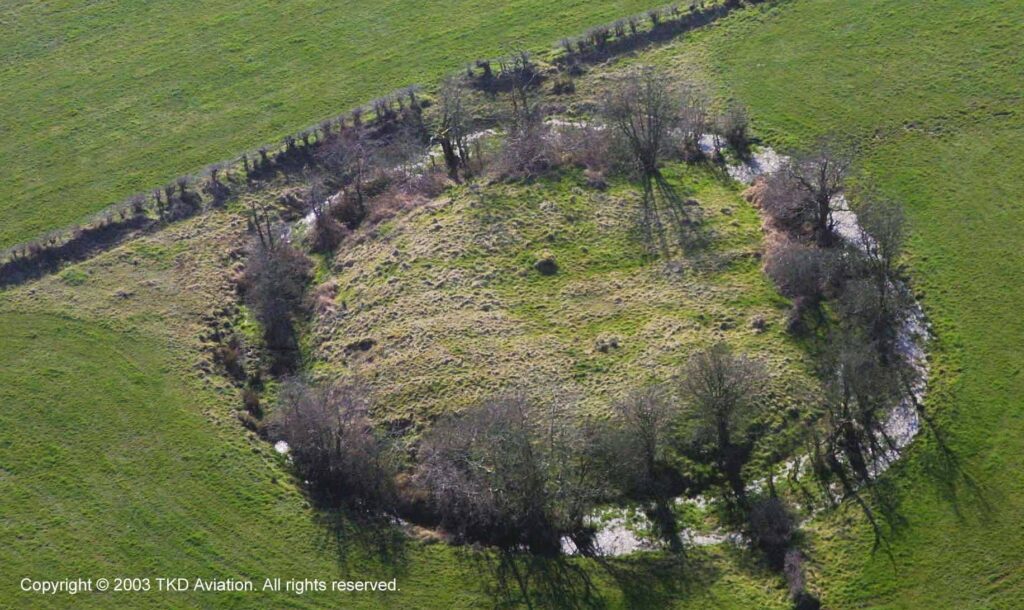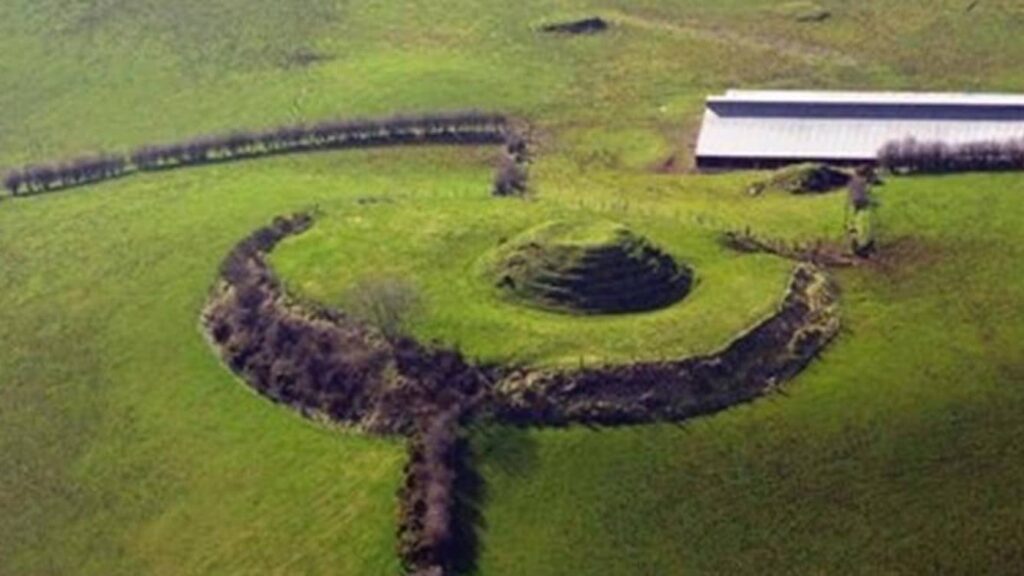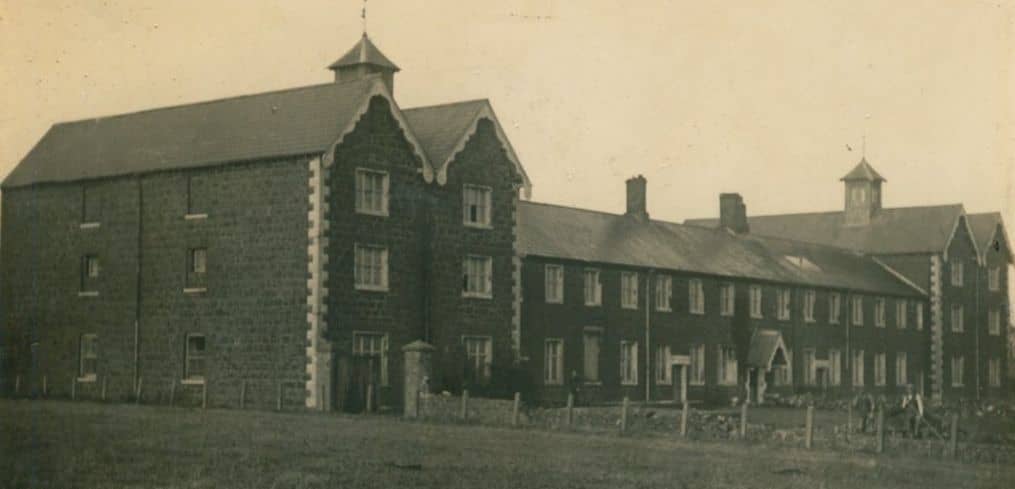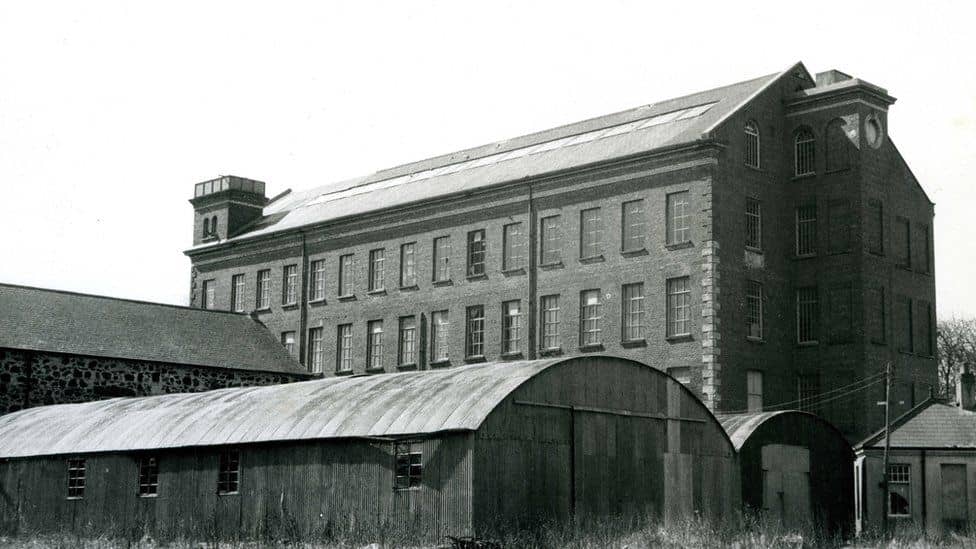Honorary Freemen
The title ‘Honorary Freeman’ is the highest award a council can grant to an organisation or individual to record its appreciation of outstanding achievement. Ballymoney Borough Council has conferred the title only eight times since 1973, which demonstrates the importance of the title. Four individuals and four organisations are closely associated with the borough. The conferral ceremony is formal to reflect the dignity of the title.
Mr Joey Dunlop, OBE
The Freedom of the Borough was conferred on Mr Joey Dunlop on 29th September 1993 in recognition of the great honour brought to the Borough through the outstanding skill and courage by which he gained, as a racing motorcyclist of world renown, five Formula One Championships, and a record of fifteen wins in the Isle of Man T.T. races.
Background and History
In a career that brought him success on most of the motorcycling world’s outstanding circuits, Joey Dunlop remained the quiet, cheerful, unaffected man from Ballymoney. He made no boasts, issued no threat, avoided the headlines and concentrated on getting on with the job. Joey, ‘The King of the Roads, became the most successful rider of all time through courage and ambition.
In addition to winning five Formula One World Championships, he made sporting history by setting a new world record of fifteen wins in the Isle of Man Tourist Trophy Races. His feats were suitably recognised at the highest level by the award to him in 1986 by Her Majesty The Queen of the M.B.E.
Ballymoney Borough Council, in the conferment of the greatest honour available to it, sought to mark the achievements of someone who possibly became its best-known citizen in the 20th century.
Joey Dunlop was killed on Sunday, 2 July 2000, while racing in Estonia.
Dr Robert Dunlop
The Freedom of the Borough was conferred on Dr Robert Dunlop on Monday, 23rd April 2007, in recognition of the great honour he brought to the borough through the exceptional ability, determination and sportsmanship by which he achieved over 100 national and international motorcycle road racing victories, with a historic 15 wins on the North West 200 Circuit.
Background
Robert Dunlop did everything in a meteoric road-racing career, which saw him become the most successful rider at the North West 200 and impact the Isle of Man TT and the Ulster Grand Prix.
In 1994 he suffered a horrendous crash while riding for Honda in the Isle of Man TT, and it looked as though it was curtains on a career which had seemed destined for great things at one time.
Robert broke his right arm and leg and was lucky to be alive. The crash could have finished his career, but Robert had other ideas, and, after intensive surgery and physiotherapy, he was determined to get back on wheels. By 1996, he looked to be as good as ever. He was no longer riding the big machines, which had made him famous, especially the John Player Norton and, of course, the Honda, but concentrated on the 125cc class. Incredible as it may seem, Dunlop regained his form and was soon among the best in the business.
Other TTs followed, as well as wins at the Ulster Grand Prix, but his most significant moment since his crash came last year when he won his beloved North West 200. This win, his first at the race since the 1994 crash on the Island, gave Robert 15 successes on this world-famous course and established that he was still very much in his element when it came to winning big races.
In the view of many, but for his crash in 1994, he could have gone on to win a world title as he won the British 125cc Championship in 1991 at a time when he also won European Championship races at Kirkistown and Holland.
Robert conquered all adversity for a rider who has had a bike specially made for him with the brake on the left-hand side, operated by a thumb grip.
He loved the adrenaline rush that gave him. He loved the limelight. He loved the people and loved racing. No one deserved this award and recognition more than Robert Dunlop. The game won’t be the same without him.
Robert was killed on Thursday 15th May 2008, racing during a practice session for the North West 200
Mrs Mary J Holmes OBE JP
The Freedom of the Borough of Ballymoney was conferred on Mrs Mary J. Holmes, lately the Mayor of the said Borough, on 30th April 1986, having filled the position of chief citizen faithfully, honourably and distinctively for eight successive years.
Background and History
The Council now records its appreciation of a unique record, covering thirty years of public service to the Borough of Ballymoney and the broader community of Northern Ireland, a record marked at all times by an unfailing concern for and interest in persons of all ages, classes and creeds.
Mrs Mary J. (Mollie) Holmes spent her youth at Colebrene farm, a short distance from the boundary of the present Borough and much of her adult life within the town of Ballymoney. This Council has, then, a particular pleasure in conferring the highest honour in its gift on one whose life has been so closely identified with the historic district of Dalriada.
Mrs Holmes entered local government in May 1955 as the first female Ballymoney Urban District Council member. She was elected and remained an independent member, obtaining by her impartiality, energies and great personal charm the respect and affection of her fellow Councillors and the general public, whatever political stance or opinion. She continued to enjoy the confidence of the electorate until, in May 1985, after thirty years of continuous service in local government, she stepped down from the office of Mayor, which she had held honourably and capably for eight successive years.
As might be expected, her many gifts became known to a broader public beyond the Borough, and she was called upon to serve as a member of several public and voluntary bodies. She thus served, to name but a few at random, the Antrim County Welfare Committee, the Northern Health and Social Services Board, the Association of Local Authorities of Northern Ireland, the Ulster Tourist Development Association, the Northern Group Public Health Committee, the Court of the New University of Ulster, the Northern Ireland Probation Board. Her philanthropic benevolence was and continues to be shown in her work with the Robinson Hospital Committee, the Ballymoney Evergreen Club, the Road Safety Committee and the Royal British Legion.
The contribution made by Mrs Holmes to the public and private life of Northern Ireland in general, and this Borough in particular, was recognised as long ago as 1978 when Her Majesty The Queen was graciously pleased to confer upon the Order of the British Empire. She has been for many years and remains a Justice of the Peace for County Antrim.
Dr Ian R K Paisley, MP, MEP, MLA
The Freedom of the Borough of Ballymoney was conferred on Dr Ian R K Paisley, MP, MEP, MLA, on 21st October 2000. Dr Paisley has served the community for thirty years as a Member of Parliament for the constituency of North Antrim and twenty-one years as a member of the European Parliament for Northern Ireland.
This Council hereby records its appreciation of this unique electoral record, reorganising the will of the citizens of the borough and further afield; congratulates him on his success; and thanks him for tireless efforts to represent his constituents, without fear or favour, being the voice of the voiceless, serving their interest in all institutions. His unique sense of humour has marked this service, a spirit of generosity and deep concern for the welfare of all his constituents, regardless of class, age or creed.
Background and History
Ian Richard Kyle Paisley was born in the City of Armagh on 6th April 1926, the second son of Rev. James Kyle and Mrs Isabella Paisley. His father was Armagh Baptist Church’s pastor, and a church built mainly through the gospel campaigns he conducted in Armagh and the surrounding towns and villages.
When Ian was just over two years of age, his father received a call to Ballymena Baptist Church, so the family moved from the City of Armagh to the market town of Ballymena, also known as The City of the Seven Towers. In due course, he and his older brother attended the Ballymena Model School, where they received a good grounding in the “three r’s – reading, writing and arithmetic”.
Another event, which significantly impacted Ian’s life, occurred when he was just six years of age. After a children’s meeting conducted by his mother, he received Christ as his Saviour.
His father held evangelistic meetings around County Antrim, and on many occasions, Ian travelled with him and so got to know and love the people he met and early learned to enter into their joys and sorrows. These experiences were to stand him in good stead as life opened up before him.
After attending Ballymena technical college, he intended to enter Agricultural College, so he went to live and work on a farm in County Tyrone. During his time there, he experienced the call of God to enter the Christian ministry and to prepare himself for this call, and he went to the South Wales Bible College in Barry, Glamorgan. After completing his studies there, he entered the Reformed Presbyterian Theological Hall in Belfast and was highly commended for his knowledge of the Word of god. He received a call to be a minister of Ravenhill Evangelical Mission Church, a small independent work on Ravenhill Road.
After labouring there for some years, the building became too small and, eventually, after enlarging the accommodation and for a time hiring the Ulster hall for the Sunday services, a new church had to be erected.
While all this work was going on, the political situation in Ulster was deteriorating. Many people from various parts of Northern Ireland who were greatly concerned visited him and pleaded with him to enter the political arena and champion their cause. To the fore in these pleadings were the people of North Antrim, and after much prayer and soul-searching as well as lengthy discussions with his church elders who gave him their blessing and support, he entered the political fray.
The rest of the story – so far – is history. After winning the seat for Bannside in the Stormont Parliament, a few months later, he also won the North Antrim seat in the Westminster Parliament, a seat he has held successfully and successively since 1970, with a political turnover which is recorded in the Guinness Book of Records. In 1979 he contested the first election for the European Parliament, topping the poll, which he has done on all five occasions.
Ian Paisley has never asked anyone to do anything he was unprepared to do. He has been imprisoned on three occasions without thought for himself but because of his dearly held Christian principles and Protestant convictions.
It can truthfully be said of him that he has served all his constituents in North Antrim and throughout Ulster, with fairness and diligence and without fear or favour, in every forum to which he has been elected. In all his endeavours, he has had the full support of his wife and family.
The Northern Ireland Fire Brigade
The Freedom of the Borough of Ballymoney was conferred on the Northern Ireland Fire Brigade on 4th May 2002 in recognition of its outstanding public service and the devotion to duty of its officers in protecting life and property, often in situations of great personal danger.
Background and History
The present Northern Ireland Fire Brigade came into existence on 1 April 1974. The Fire Brigade serves the whole community. It has its headquarters in Lisburn with area command headquarters in Ballymena, Belfast, Portadown and Londonderry.
The Fire Brigade in Ballymoney
In April 1936, Ballymoney Council, to provide fire services for the town, purchased a trailer pump, essentially a fire pump on a two-wheel chassis pulled by hand, car or lorry to the scene of the fire. The pump served the town until 1942, when the town’s fire services were incorporated into the National Fire Service to provide fire services for the whole of Northern Ireland. Fire services expanded, and by 1943 sixteen personnel were serving at Ballymoney. After the war, fire services were returned to council control, initially the Northern Fire Authority in 1948, then the Northern Ireland Fire Authority in 1950. At this time, Ballymoney station was situated in Townhead Street, using an Austin tender with a Harland trailer pump. In 1954 a new station was opened in Market Street and was equipped with a Dennis F8 Ulster fire engine. In 1989 following a review of fire cover, Ballymoney station was provided with a second fire engine, and firefighting personnel increased to twenty.
Ballymoney firefighters have always served their community with dedication and professionalism, facing many dangers in various operational incidents. Those dangers were graphically brought home with the tragic death of Leading Firefighter Robin Neill at a rescue incident on 9 September 1995. His name is recorded on the memorial statue at Brigade headquarters, where commemorations are regularly held to mark the sacrifices made by Robin and other Northern Ireland firefighters.
The Royal Ulster Constabulary and The Royal Ulster Constabulary Reserve
The Freedom of the Borough of Ballymoney was conferred on the Royal Ulster Constabulary and the Royal Ulster Constabulary Reserve on 1st June 1983 in recognition of their Officers’ devotion to duty and service to the people of Northern Ireland.
Background and History
The Royal Ulster Constabulary came into being on 1st June 1922 and was granted the right to bear the “Royal” prefix by King George V.
Until 1970 the strength of the RUC was just under three thousand. In the following decade, there was an intensive recruitment programme. In 1990, the force strength had reached a peak of seven thousand, eight hundred male and female officers, supported in their work by almost five thousand full and part-time members of the Royal Ulster Constabulary Reserve.
Throughout its history, the Royal Ulster Constabulary had to contend with periods of serious violence, but none more than during the three decades to 2001. The RUC, like the community, had to pay an appalling price in lives lost and members injured. During this period, three hundred officers were killed, including over one hundred members of the RUC Reserve.
The work of the RUC in the face of continuing violence was reflected in the high number of officers who received awards. From 1969 – 2001, over three hundred members were decorated for gallantry and brave conduct. The list included eleven George Medals, twenty-four British Empire Medals, one hundred and twenty-eight Queen’s Gallantry Medals and fifty-six Queen’s Commendations.
The Royal Ulster Constabulary was awarded the George Cross by Her Majesty the Queen in April 2000 in recognition of its men and women’s collective courage and sacrifice over the years. On 4 November 2001, the Royal Ulster Constabulary George Cross became the Police Service of Northern Ireland.
The Royal British Legion Northern Ireland
The Freedom of the Borough of Ballymoney was conferred on the Royal British Legion on 22nd February 1997 in recognition of the support given to ex-servicemen and women, their families and their dependents since its establishment in 1921.
Background and History
The Royal British Legion was formed in 1921. Amongst its many objectives, it aims to promote the welfare of ex-servicemen and women and their dependents, relieve hardship among them where it exists, raise and distribute money for these purposes, assist serving men and women in their return to civilian life and promote the interests of their dependents while they are still serving. Under its Royal Charter, the Legion’s help is available to all the categories above, regardless of whether they are its members. This represents some 18 million people, or one-third of the population.
The Legion provides seven residential homes and three convalescent homes; training to NVQ standard in a range of skills and disciplines; advice on setting up small businesses and start-up loans; pilgrimages to war graves worldwide; free advisory service on War and War Widows’ Pension and much more, mainly funded by the Poppy Appeal. The Legion, through its related companies, employs over 2,270 ex-servicemen and women and their dependents, 31 per cent of whom are registered disabled, making the Legion, with its 750,000 members, 3,217 branches and 951 clubs, also act as a social focus for the ex-service community.
The Royal Irish Regiment
The Freedom of the Borough of Ballymoney was conferred on the Royal Irish Regiment on 12th May 2012 as acknowledgement and thanks to those who have served and continue to serve their country with great distinction at home and abroad.
Background and History
The Royal Irish Regiment (27th Inniskilling, 83rd, 87th and The Ulster Defence Regiment)
Three Centuries of Tradition
In December 1688, the threat of a Jacobite attack on Enniskillen led to the raising of volunteer defence units, some of which were accepted into the Army in 1689. These included an infantry regiment commanded by Zachariah Tiffin. Tiffin’s Inniskillingers fought throughout the campaign in Ireland and survived the postwar reductions to become a permanent unit.
Over the next century, the Inniskillingers saw action across the world. Designated the 27th (Inniskilling) Regiment in 1751, they fought in the French Revolutionary and Napoleonic Wars alongside several new Irish regiments, including the 83rd, 86th, 87th and 89th Regiments. At Barrosa in March 1811, the 2nd/87th captured the first Napoleonic Eagle ever taken in battle by a British regiment. Their war cry (Fag a Bealach or Clear the Way!), modified to Faugh A Ballagh, became the 87th’s motto.
At Waterloo on 18 June 1815, the 27th (Inniskilling) Regiment held the centre of the Allied line against Napoleon, prompting a French general to comment that he had never seen such bravery before. Marking their service in the Peninsular War, the 87th became a Fusilier regiment in 1827 as the 87th (Royal Irish Fusiliers).
The first Victoria Crosses were earned during the Indian Mutiny in the assault on Jhansi on 3 April 1858, when four members of the 86th (Royal County Down) Regiment were decorated for their bravery.
In 1872, regiments were brigaded in pairs and assigned training depots in their recruiting areas in a process that, in 1881, led to the creation of new two-battalion regiments. The 27th (Inniskilling) and 108th (Madras Infantry) Regiment became the Royal Inniskilling Fusiliers; the 83rd (County of Dublin) and 86th (Royal County Down) the Royal Irish Rifles and the 87th (The Royal Irish Fusiliers) and 89th (Princess Victoria’s) Regiment the Princess Victoria’s (The Royal Irish Fusiliers).
To mark the gallantry of these and other Irish units in the Boer War, Queen Victoria ordered the creation of the Irish Guards and that all Irish regiments wear a shamrock on St Patrick’s Day.
During the Great War, many additional battalions were formed and fought in Gallipoli, Salonika and the Middle East, as well as on the Western Front. Battalions of Inniskillings, Rifles and Irish Fusiliers served in the 10th (Irish), 16th (Irish), 36th (Ulster) and many other divisions. Thirteen Victoria Crosses were earned, including four on one day on 1 July 1916, the opening day of the Battle of the Somme.
Since there were Leinster, Connaught and Munster regiments, the War Office decided that there should also be an Ulster regiment. The Royal Irish Rifles became the Royal Ulster Rifles on 1 January 1921. In 1937 the London Irish Rifles became a Territorial Army battalion of the Rifles and the only TA battalion of an Irish regiment.
During the Second World War, all three regiments served with distinction on many fronts, from Europe to the Far East. Battalions from each regiment formed 38 (Irish) Brigade, created at the suggestion of Winston Churchill, which fought in the Tunisian, Sicilian and Italian campaigns with particular distinction at Centuripe in Sicily and the Battle of Monte Cassino in Italy. Both regular battalions of the Royal Ulster Rifles landed in Normandy on 6 June 1944 – D Day – one by air, one over the beaches, a unique distinction.
With Indian independence and the withdrawal from the empire, the Army was reduced considerably after the war, with most regiments losing their second battalions. Further reductions brought about the amalgamation of the three regiments on 1 July 1968 to form The Royal Irish Rangers (27th Inniskilling, 83rd and 87th), a two-battalion regiment.
Over the following 22 years, the Rangers continued the tradition of service. Both battalions served in Northern Ireland on Operation BANNER, where they worked alongside soldiers of the Ulster Defence Regiment, which had been formed in 1970 to protect the province from terrorist activity. When the end of the Cold War brought further defence reductions, both regiments amalgamated on 1 July 1992 to form The Royal Irish Regiment, with the former UDR battalions becoming Home Service battalions.
The unique service and sacrifice of the UDR and Royal Irish (Home Service) was marked by Her Majesty the Queen’s award of the Conspicuous Gallantry Cross to the Royal Irish Regiment on 6th October 2006, before the Home Service battalions disbanded in 2007.
With one General Service and one Territorial Army battalion, the Royal Irish Regiment continues to serve wherever it is needed. In recent years, it has served in Kosovo, Iraq and Afghanistan with the same élan shown by many generations of Irish soldiers over three centuries. After the Regiment’s 2008 deployment to Afghanistan, the courage of soldiers of the Regiment was recognised with the award of three Conspicuous Gallantry Crosses and three Military Crosses. It is now acknowledged as one of the most effective units in the 16 (Air Assault) Brigade.
The Regiment has just returned from its third Afghanistan deployment, perhaps its most successful to date. Notably, during this most recent tour, the 1 R IRISH Battle Group was engaged in the largest Air Assault operation conducted by the Regiment since its antecedent regiment, the Royal Ulster Rifles, were involved in Operation Varsity to capture the Rhine Crossings in the Spring of 1945.
152 (Ulster) Transport Regiment RLC (V)
The Freedom of the Borough of Ballymoney was conferred on the 152 (Ulster) Transport Regiment RLC (V) on 1st September 2012 as acknowledgement and thanks to those who have served and continue to serve their country with great distinction at home and abroad.
The volunteer spirit of the Ulsterman first manifests itself in service with the antecedents of the 152 (Ulster) Transport Regiment during the First World War. The 36th (Ulster) Division Army Service Corps (ASC) was stationed at Annandale Barracks in 1915 and recruited over 4000 men from the local community. The volunteers of the ‘36 Divisional Train,’ as it was affectionately called, supported many battles during World War 1, the most notable being the Battle of Albert in July 1916.
On 25 November 1918, the ASC was recognised for its contributions during the Great War and awarded the title ‘Royal’, becoming the Royal Army Service Corps (RASC). Some reorganisation took place, and the Territorial Force Companies of the Divisional Train were subsumed elsewhere in the United Kingdom or disbanded. Besides the ‘ask-aka role in Northern Ireland, volunteers saw action in France, Belgium and India. At the end of World War 2, there was further rationalisation, and 601 and 931 (Ulster) Companies RASC (TA) were formed at Victoria Barracks and Girdwood Barracks, respectively, providing logistic support to 107 (Ulster) Infantry Brigade (TA).
The next major turn in the Regiment’s history was the formation of the Northern Ireland Column RASC (TA) during the reorganisation of the TA in 1961. The unit comprised 931 (Ulster) Company RASC (TA) and a new sub-unit, 538 (Ulster) Company RASC (TA), both based at Sunnyside Street. 540 (Ulster) Company RASC (TA) (complete with Pipes & Drums) was formed in Londonderry from a platoon of 931 Company and a disbanded troop of artillery. 540 Company soon became the recruiting hub for the entire North West. Under the logistic services re-organisation of 1965, the Northern Ireland Column became 68 (Northern Ireland) Regiment Royal Corps of Transport (RCT) (TA), the Companies becoming Squadrons of the new Regiment.
On 01 April 1967, 68 (NI) Regiment RCT (TA) was re-roled as 152 (Ulster) Ambulance Regiment RCT (V). 538 and 931 Squadrons combined to form 220 (Ulster) Ambulance Squadron RCT (V) and 540 Squadron in Londonderry became 211 (Ulster) Ambulance Squadron RCT (V) (with a small detachment at Enniskillen). 601 Company was disbanded to form 400 (Ulster) Heavy Troop RCT (TA). In 1976 400 (Ulster) Heavy Troop RCT (V) was dissolved, and personnel was absorbed mainly into 220 Squadron.
The Royal Logistic Corps (RLC) was formed on 1st April 1993. The Regiment was renamed and re-badged to 152 (Ulster) Ambulance Regiment RLC (V). In 1999, and as part of the Strategic Defence Review, 580 (Cardiff) Ambulance Squadron was amalgamated into the Regiment, the Regiment comprising Headquarters, 211 Transport Squadron, 220 Transport Squadron, 227 HQ Squadron, 580 Transport Squadron and REME Workshops.
Just when we thought the music had stopped, the Army was re-organised to meet Future Army Structures (FAS) and support current operations. 152 (Ulster) Ambulance Regiment was directed to re-role to ‘Heavy Lift’ by no later than 01 April 2008. The Regiment’s title was formally changed to 152 (Ulster) Transport Regiment RLC (V) on 7 July 2007, and the ambulances were exchanged for DROPS vehicles. To receive this vast new fleet, the RHQ, 220 and 227 Squadrons were relocated from Sunnyside Street to Palace Barracks on 01 November 2007 – a heart rendering move after 47 years of successful recruiting at Sunnyside Street. 400 Transport Squadron was reformed at Palace Barracks on 01 November 2007, and 580 Squadron was handed back to The Welsh Transport Regiment on 10 January 2008. We now comprise Headquarters, 211 Transport Squadron, 220 Transport Squadron, 227 HQ Squadron, 400 Transport Squadron, REME LAD and most excellent Pipes & Drums.
Throughout the timeline of volunteer service in Northern Ireland, the Regiment has received over 20,000 volunteers through its doors. We have remained exceptionally well recruited, and it is nice to see that old soldiers and Regiments never really die – we are now a Regiment named after 152 company of the Divisional Train and comprising Squadrons that supported 36 (Ulster) and 16 (Irish) Divisions at the Somme – we have come full circle.
Soldiers and officers from the Regiment have participated in every significant land operation in various theatres worldwide. These include Korea, Malaya, Vietnam, the Falklands, the Gulf, Sierra Leone, Bosnia, Kosovo, Iraq and Afghanistan. Throughout our timeline, 514 volunteers have been injured or killed for the freedom that we and other nations enjoy or would wish to enjoy. The Regiment currently has soldiers deployed with 4 Logistic Support Regiment RLC in Afghanistan. It is very much down to the motivation of the Regiment’s personnel, the support of spouses, employers, the local community and the chain of command that we have been able to generate such worthwhile military capability, and we are most grateful.
The Regiment continues to flourish and will continue to support our Regular counterparts wherever we are needed. As Defence transforms, we will in-turn transform; 152 (Ulster) Transport Regiment embraces the volunteer ethos in Northern Ireland and demonstrates why we, as one Army, are so successful.
